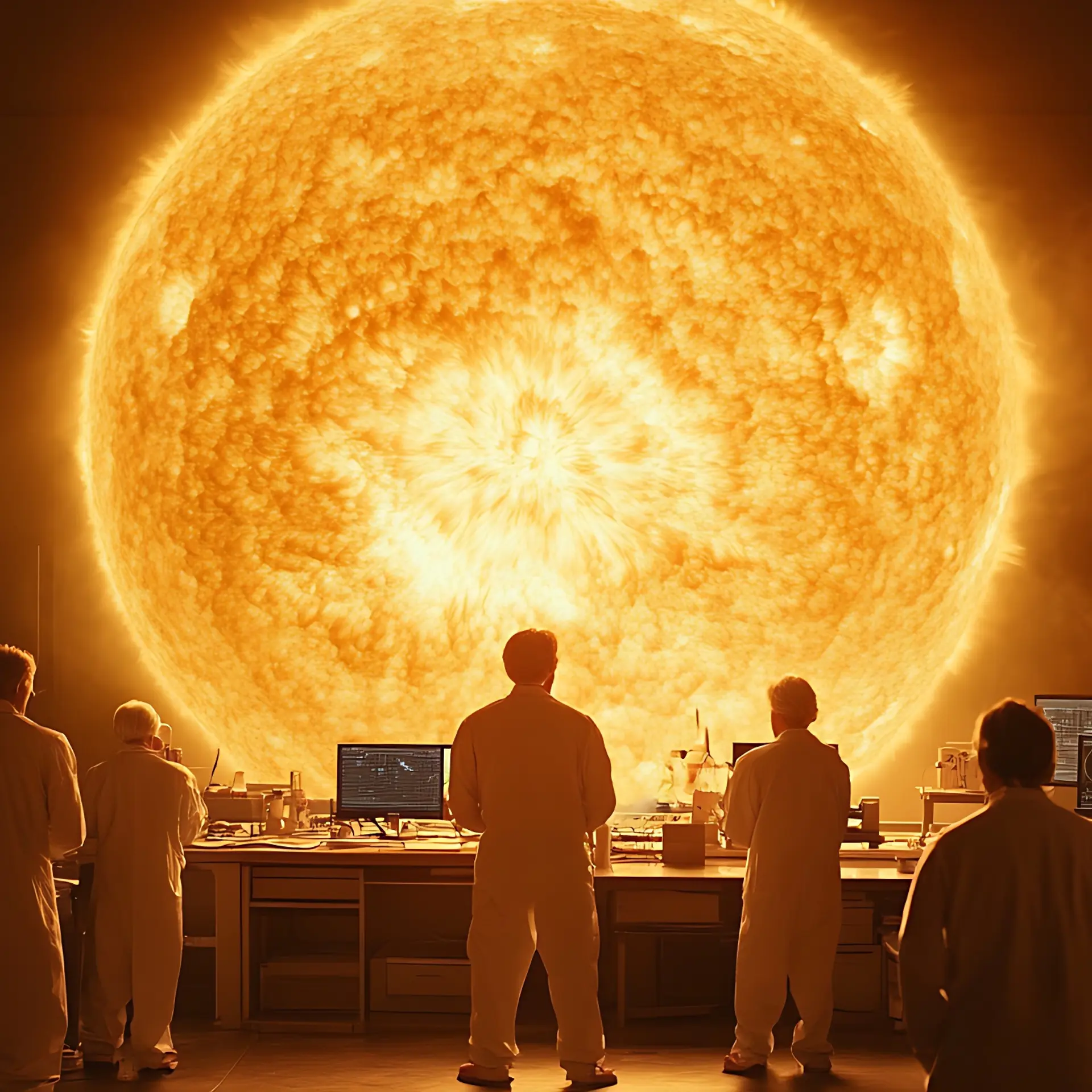5 ways you can reduce your digital carbon footprint
Every single online search and mail that we send through our electronic gadgets contributes to our growing ‘digital carbon footprint’. Here are five ways you can reduce it.
With extreme weather events becoming more frequent than ever before, there is no doubt that climate change poses a big threat to humanity at present, and in the years to come. This had led to global calls for action such as reducing your carbon footprint in order to live more sustainably.
But, what is ‘carbon footprint’?
It is the total amount of greenhouse gases emitted as a direct result of our actions. But did you know that we add to our carbon footprint just by working online? Every single search, mail, and gadget can add to your growing ‘digital carbon footprint’.

If you’re looking to become more environmentally conscious, here are five ways you can be more mindful about your digital carbon footprint.
Clean out your cluttered inbox
Every mail that is exchanged requires a certain amount of computing power and electricity. Try to make it a habit to cut down the amount of mail in your inbox by unsubscribing to newsletters you don’t read. Remember to report spam mails so they don’t keep coming back to you and regularly delete emails that you don’t need to retain.
Reduce monitor brightness to conserve energy
Harvard Law School's energy manager Eric Potkin recommends reducing your computer monitor brightness from 100 percent to 70 percent or below. This small step can help save up to 20 percent of the energy used by the monitor. The change is barely noticeable for most people and bringing the brightness down to a level where you’re comfortable is a quick and easy way to cut down on your footprint.
Use your browser smartly
While it may not seem like much, each search query that you type into a search engine consumes power. While searching, try to be as accurate as possible to avoid doing multiple rounds of searching. In order to conserve more energy, try to keep only the tabs that you need open. If you have a set of frequently used websites, access them from bookmarks instead of searching for them every day.
Each search query that you type into a search engine and every file you upload to the cloud consumes power.
Rethink cloud storage
Each file you store on the cloud is saved over and over again for security reasons. So make a conscious decision to only upload and save what you think is really important. Do you really like all the 10 almost identical images taken on the same day? If not, delete them from your cloud. If you’re looking for a more eco-friendly alternative, you can save them on pen drives or hard drives instead of on the cloud.
Dispose your digital gadgets responsibly
Whether it’s something as small as a battery to something as big as your PC, do not scrap electronics or mix it in with your household waste. There are many elements in electronic devices that are hazardous to the environment, while other parts may be recyclable. Find your nearest recycling centre or pick-up service and hand it over instead of throwing it away or letting it gather dust.
Making these small tweaks to your digital life may take some getting used to, but in the long run, you’re working towards a more eco-friendly life.
YourStory’s flagship startup-tech and leadership conference will return virtually for its 13th edition on October 25-30, 2021. Sign up for updates on TechSparks or to express your interest in partnerships and speaker opportunities here.
For more on TechSparks 2021, click here.
Edited by Kanishk Singh







